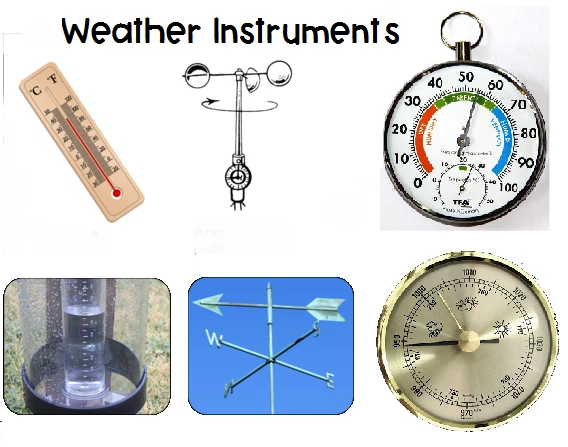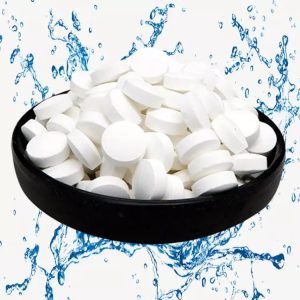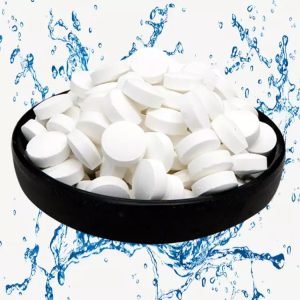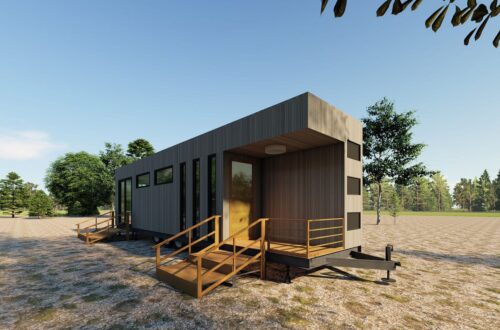Weather Instruments: Essential Tools for Meteorological Observation

# Weather Instruments: Essential Tools for Meteorological Observation
## Introduction to Weather Instruments
Weather instruments play a crucial role in meteorological observation, helping scientists and researchers gather accurate data about atmospheric conditions. These tools have evolved significantly over time, from simple thermometers to sophisticated digital devices that can measure multiple weather parameters simultaneously.
## Common Types of Weather Instruments
### Thermometers
Thermometers measure air temperature, one of the most fundamental weather parameters. Modern digital thermometers provide precise readings and can record temperature variations over time.
### Barometers
Barometers measure atmospheric pressure, which is essential for weather forecasting. Mercury barometers were traditionally used, but aneroid and digital barometers are now more common due to their portability and safety.
### Anemometers
Anemometers measure wind speed and direction. Cup anemometers are widely used, while ultrasonic anemometers provide more advanced measurements without moving parts.
### Hygrometers
Hygrometers measure humidity levels in the air. Psychrometers (wet-and-dry bulb thermometers) were traditionally used, but modern electronic hygrometers offer more convenience and accuracy.
### Rain Gauges
Rain gauges measure precipitation amounts. Simple cylindrical gauges are still used alongside more advanced tipping bucket rain gauges that can record rainfall intensity.
## Advanced Weather Measurement Tools
### Weather Stations
Modern automated weather stations combine multiple instruments into one unit, often including sensors for temperature, humidity, pressure, wind, and precipitation. These stations can transmit data in real-time to meteorological centers.
### Radiosondes
Radiosondes are instrument packages carried by weather balloons to measure atmospheric parameters at various altitudes. They provide valuable data for weather forecasting and climate research.
### Weather Radars
Weather radars detect precipitation, its motion, and intensity. Doppler radar can also provide information about wind patterns within storms.
### Satellite Instruments
Weather satellites carry sophisticated instruments that monitor Earth’s atmosphere from space, providing global coverage of weather systems and climate patterns.
## Importance of Accurate Weather Instruments
Precise weather instruments are essential for:
– Accurate weather forecasting
– Climate change research
– Aviation safety
– Agricultural planning
– Disaster preparedness
– Scientific research
## Maintenance and Calibration
Regular maintenance and calibration of weather instruments are crucial to ensure data accuracy. Proper siting of instruments is equally important to avoid interference from buildings, trees, or other obstructions.
## Future of Weather Instruments
Technological advancements continue to improve weather instruments, with trends including:
– Miniaturization of sensors
– Increased automation
– Improved data transmission capabilities
– Integration with IoT technologies
– Enhanced durability for harsh environments
As our understanding of atmospheric processes grows, so does the sophistication of the tools we use to measure them, ensuring better weather predictions and climate monitoring for years to come.
Keyword: wether instruments


